Wildlife Sanctuaries in Haryana
Welcome to the breathtaking wildlife sanctuary nestled in the heart of Haryana, a haven for nature enthusiasts and wildlife lovers alike. Spanning vast acres of pristine wilderness, this sanctuary offers a captivating journey into the realm of diverse flora and fauna. Encounter majestic creatures such as leopards, deer, and rare bird species thriving in their natural habitats.
Immerse yourself in the tranquility of lush forests, meandering rivers, and scenic landscapes, providing a perfect backdrop for adventure and relaxation. Whether you’re a seasoned explorer or a family seeking a memorable retreat, this sanctuary promises an unforgettable experience, blending conservation with eco-tourism in perfect harmony.
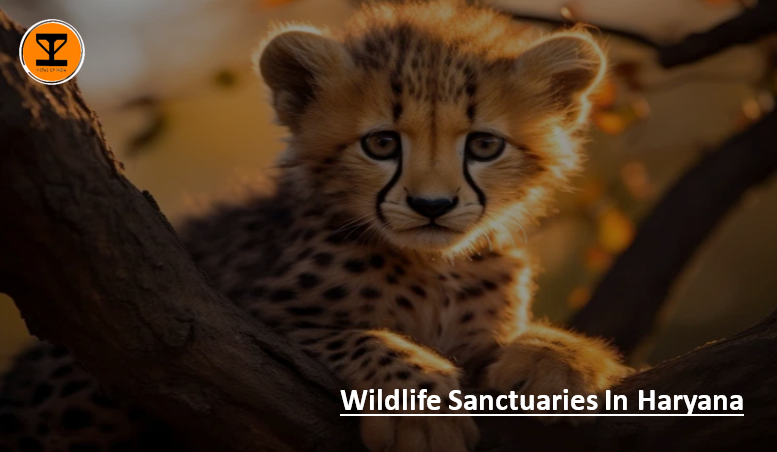
1. Bir Shikargah Wildlife Sanctuary
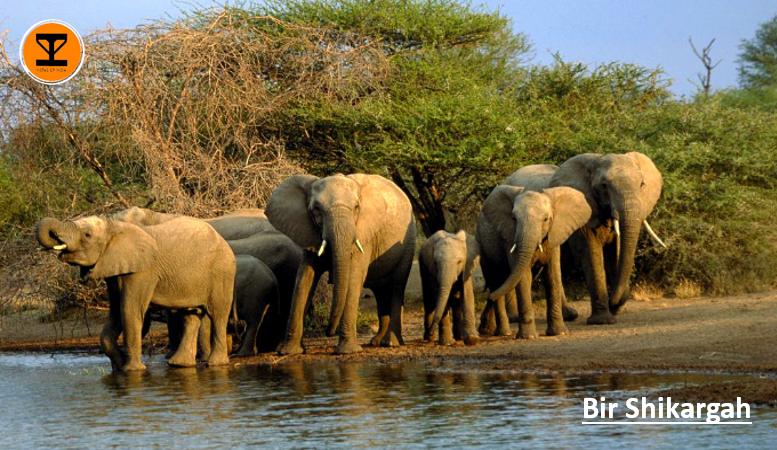
Located in Panchkula, just a short distance of 0.5 km (approximately 0.3 mile), Bir Shikargah Wildlife Sanctuary covers a vast area of over 767 hectares (1895 acres). One of its major highlights is the Vulture Conservation and Breeding Centre, which draws visitors from far and wide.
In addition to this, the sanctuary is a haven for various wild species including Rhesus macaque, Gray langur, Indian Jackal, Gray Mongoose, Sambar deer, striped hyena, and jungle cat. It is also known by the name Khol Hi-Raitan Wildlife Sanctuary.
2. Kalesar National Park

Located in Yamunanagar district, Haryana, Kalesar National Park is situated right next to Kalesar Wildlife Sanctuary. It is approximately 122 km (75.80 miles) away from UT Chandigarh and covers an area of 5345 hectares (13,210 acres). A well-liked destination for tourists, Kalesar National Park boasts a dense forest, medicinal plants, and diverse flora and fauna.
The park is home to various animals such as the Indian leopard, elephant, rusty-spotted cat, chital, sambar, barking deer, nilgai, small Indian civet, goral, and more. One fascinating fact about this national park is the presence of vermilion or sindoor in the surrounding natural resources. While the park is closed from July to September, it is open for visitors throughout the rest of the year. Be sure to check the timings before planning your trip.
3. Sultanpur National Park
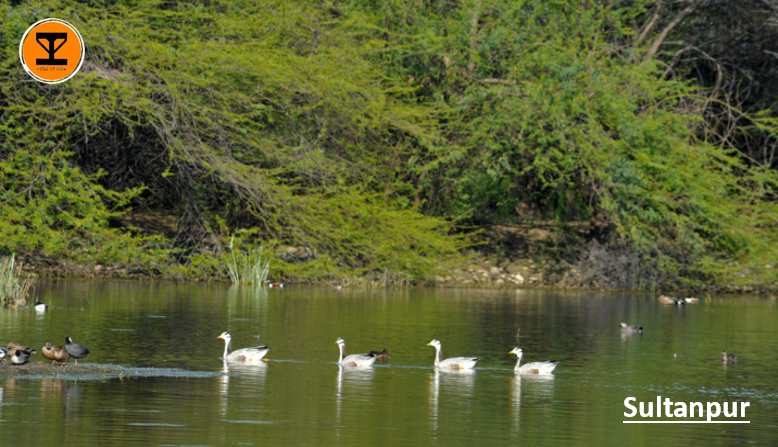
Sultanpur National Park, also known as Sultanpur Bird Sanctuary, is a popular destination for birdwatchers. It is located 15 km (9.32 miles) away from Gurugram and 50 km (31 miles) away from the National Capital Territory of Delhi.
This sanctuary is home to 9 different species of migratory birds and 175 different species of long-distance migratory birds that travel through the Central Asian Flyway. You can spot various migratory birds such as Egyptian vultures, ducks, ibises, storks, plovers, flamingos, pochards, and jacanas.
Additionally, the park is inhabited by resident birds like little cormorants, paddy field pipits, common hoopoes, painted storks, white-throated kingfishers, Indian rollers, little egrets, and many more. The best time to visit is during winter when you can witness a large number of migratory birds.
4. Khol Hi-Raitan
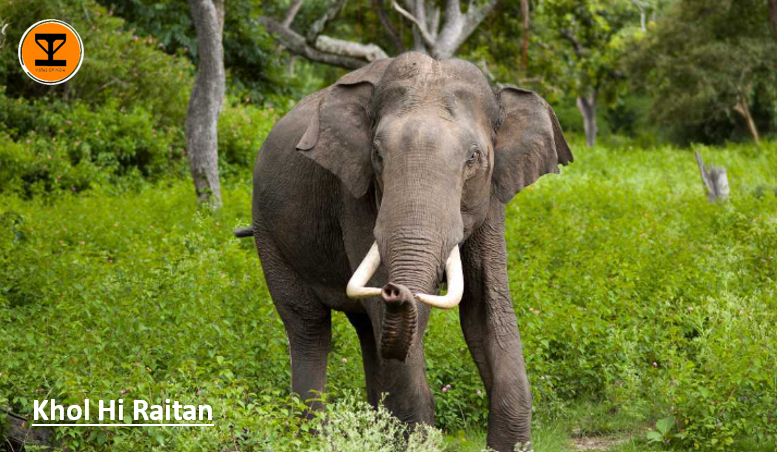
The Khol Hi-Raitan Wildlife Sanctuary, with its vast expanse of approximately 4880 hectares (12058 acres), is a haven for nature enthusiasts and wildlife lovers alike. Nestled at the foothills of the majestic Shivalik Hills, this sanctuary is a treasure trove of diverse flora and fauna.
One of the main attractions of this sanctuary is the opportunity to witness the magnificent Asiatic elephant in its natural habitat. These gentle giants roam freely within the sanctuary, providing visitors with a rare chance to observe their behavior and marvel at their sheer size and grace.
In addition to the Asiatic elephant, the Khol Hi-Raitan Wildlife Sanctuary is also home to the elusive Indian leopard. With its stealth and agility, the leopard is a sight to behold as it gracefully moves through the dense foliage of the sanctuary. Spotting one of these majestic creatures in the wild is an experience that will leave visitors in awe.
5. Deer Park, Hisar
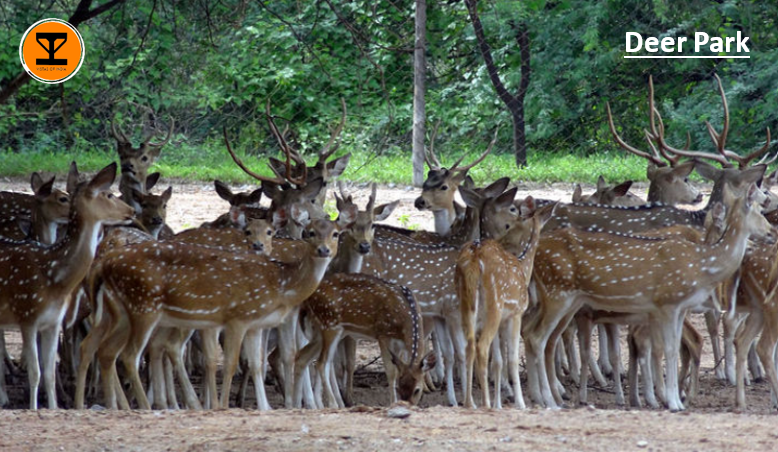
The Deer Park, spanning around 19 hectares (46.9 acres), is a popular attraction for tourists. Situated adjacent to Hisar Airport, it stands as one of the oldest zoos in the state. Here, you can observe a diverse range of deer species, including 16 species of Chital spotted deer, 20 variants of Blackbuck, and 6 species of Sambar. What sets this park apart is its dedicated 2.4 hectare (6 acres) plot solely for the production of fodder to sustain the deer population.
6. Nahar Wildlife Sanctuary

When you’re in Haryana, make sure you don’t miss the chance to visit Nahar Wildlife Sanctuary. Located in Rewari district, about 37 km (23 miles) away from Rewari, this sanctuary covers an impressive area of 211 hectares (521 acres).
It’s a haven for blackbucks and also serves as a platform for the government of Haryana to promote education through various campaigns. Interestingly, this sanctuary was once an old pasture land owned by the Nawab of Dujana. Today, it has transformed into a beloved tourist destination.
7. Chhilchhila Wildlife Sanctuary
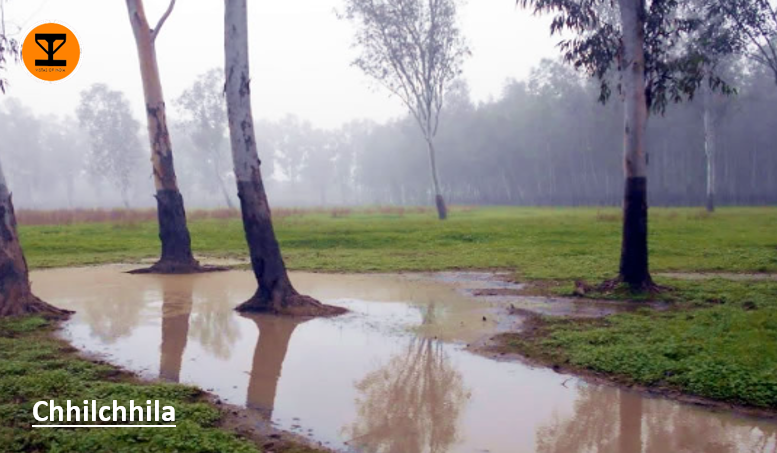
Chhilchhila Wildlife Sanctuary, also known as Seonthi Reserve Forest, is a well-known sanctuary in Haryana. Situated close to Kurukshetra University, this sanctuary covers an area of 29 hectares (approximately 72 acres). What makes this sanctuary unique is its proximity to a small lake formed by the embankment.
The ideal time to explore this sanctuary is during the winter season, as it attracts wetland birds from 37 genera and over 16 families. Designated as a bird sanctuary, an eco-sensitive zone of 5 km (3.1 miles) surrounds it. A visit to this sanctuary promises to be rewarding due to the diverse bushes and shrubs it houses.
8. Bhindawas Bird Sanctuary
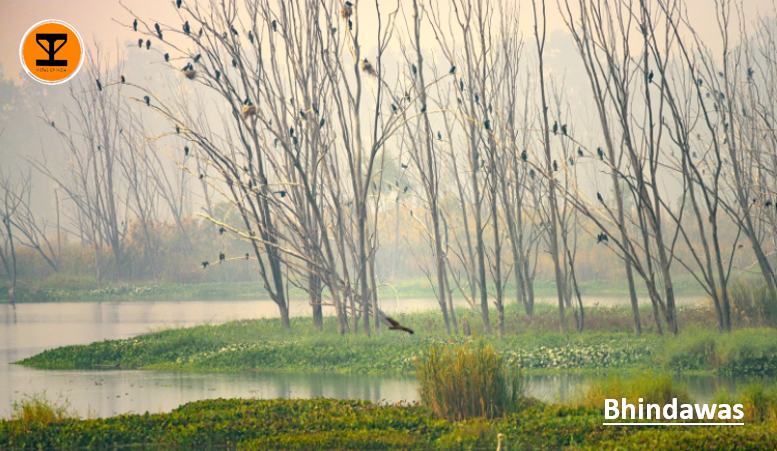
Covering an expansive area of approximately 412 hectares (1018 acres), Bhindawas Bird Sanctuary is situated just 15 km (9.32 miles) away from the town of Jhajjar. Its close proximity to New Delhi, less than 100 km (about 62 miles) away, allows visitors to easily reach the sanctuary within a comfortable 2.5-hour drive.
This sanctuary is a true paradise for birdwatchers, offering a diverse range of avian species to observe and admire. Among the many fascinating birds that can be commonly spotted here is the small blackbird, scientifically known as Saxicoloides fulicatus.
Conclusion
In conclusion, the establishment of a wildlife sanctuary in Haryana presents a promising opportunity for tourism. By preserving the region’s diverse flora and fauna, the sanctuary not only safeguards endangered species but also offers visitors a unique and immersive experience in nature.
Tourists can engage in wildlife safaris, birdwatching, and eco-tourism activities, contributing to local economic development and environmental conservation efforts. Through responsible tourism practices and sustainable management, the sanctuary can become a flagship destination, promoting biodiversity awareness and fostering a deeper appreciation for the natural world among visitors. Together, we can ensure the sanctuary thrives as a sanctuary for wildlife and a haven for eco-conscious travelers.
Frequently Asked Questions
A wildlife sanctuary is a protected area where animals, birds, and other wildlife species live and breed in their natural habitat. In Haryana, these sanctuaries play a crucial role in preserving the state’s biodiversity, conserving endangered species, and maintaining ecological balance.
Haryana boasts several important wildlife sanctuaries, including Sultanpur National Park, Kalesar National Park, and Bhindawas Wildlife Sanctuary. These sanctuaries are home to various species such as migratory birds, blackbuck, nilgai, deer, and a variety of flora and fauna native to the region.
Haryana’s wildlife sanctuaries are managed by the state’s Forest Department, which implements various conservation measures. These include habitat restoration, anti-poaching patrols, wildlife monitoring programs, community involvement in conservation efforts, and awareness campaigns to educate locals and visitors about the importance of preserving wildlife.
Yes, there are certain restrictions in place to ensure the safety of wildlife and their habitats. Visitors are usually required to follow designated trails, refrain from littering, making loud noises, or disturbing the wildlife in any way. Additionally, specific areas might be off-limits to minimize human-wildlife conflict and disturbance during breeding seasons.
There are several ways individuals can contribute to wildlife conservation efforts in Haryana. These include volunteering for wildlife monitoring programs, participating in clean-up drives within and around the sanctuaries, supporting local conservation initiatives financially or through advocacy, and practicing responsible ecotourism by respecting wildlife and their habitats when visiting sanctuaries.

Welcome to vistasofindia.com, where we transform your travel dreams into a reality by guiding you through the diverse and enchanting landscapes of India. We understand that every traveler seeks a unique experience, and with our in-depth guides and insider tips, we ensure that your journey is not just a trip but a memory to cherish.

Start Your Journey Now!
Begin your exploration of India today with vistasofindia.com. Discover detailed information about key destinations, plan your itinerary efficiently, and get ready for an unforgettable adventure. Whether you’re a history enthusiast, a festival lover, or a foodie, India has something extraordinary for you.

Let us be your ultimate travel companion for exploring India! With our in-depth information on every corner of the country, you can create a personalized itinerary that suits your interests. Don’t wait any longer – start exploring and get ready to experience the magic of India firsthand!
